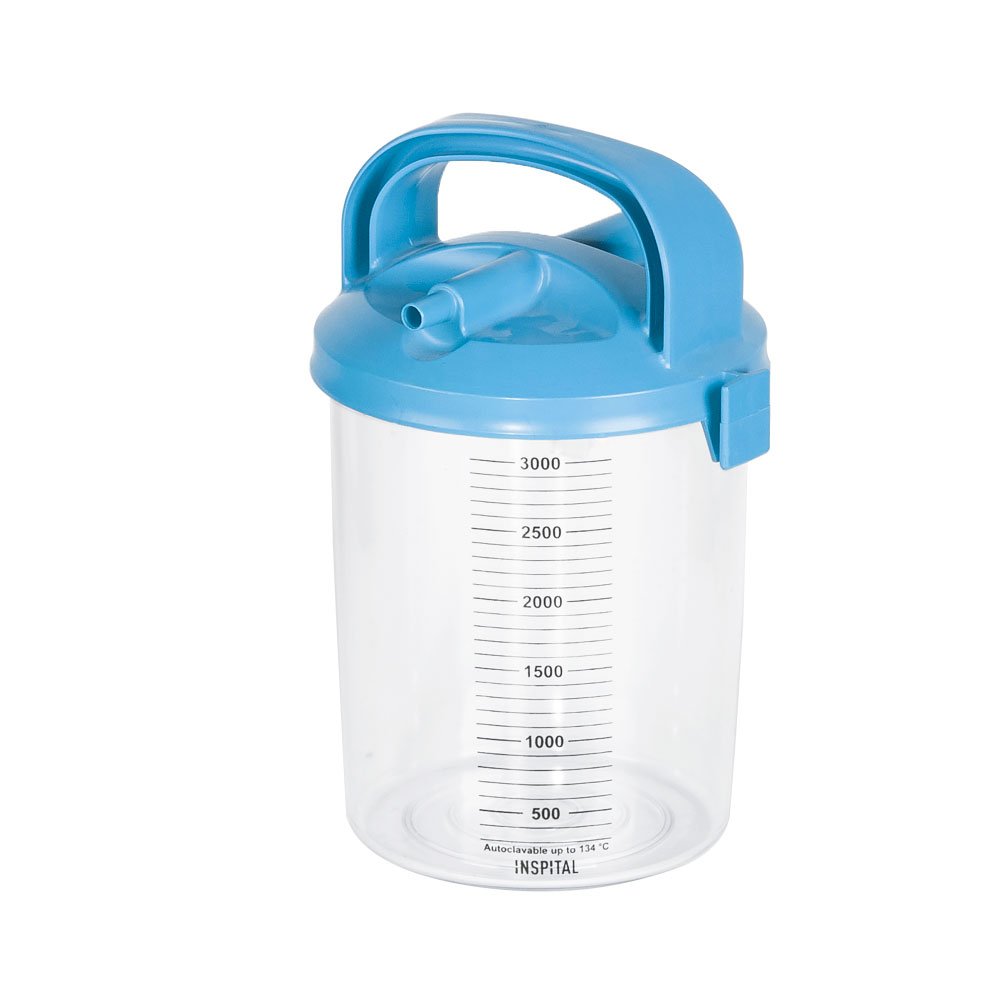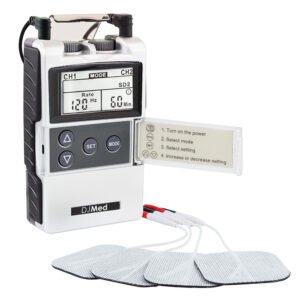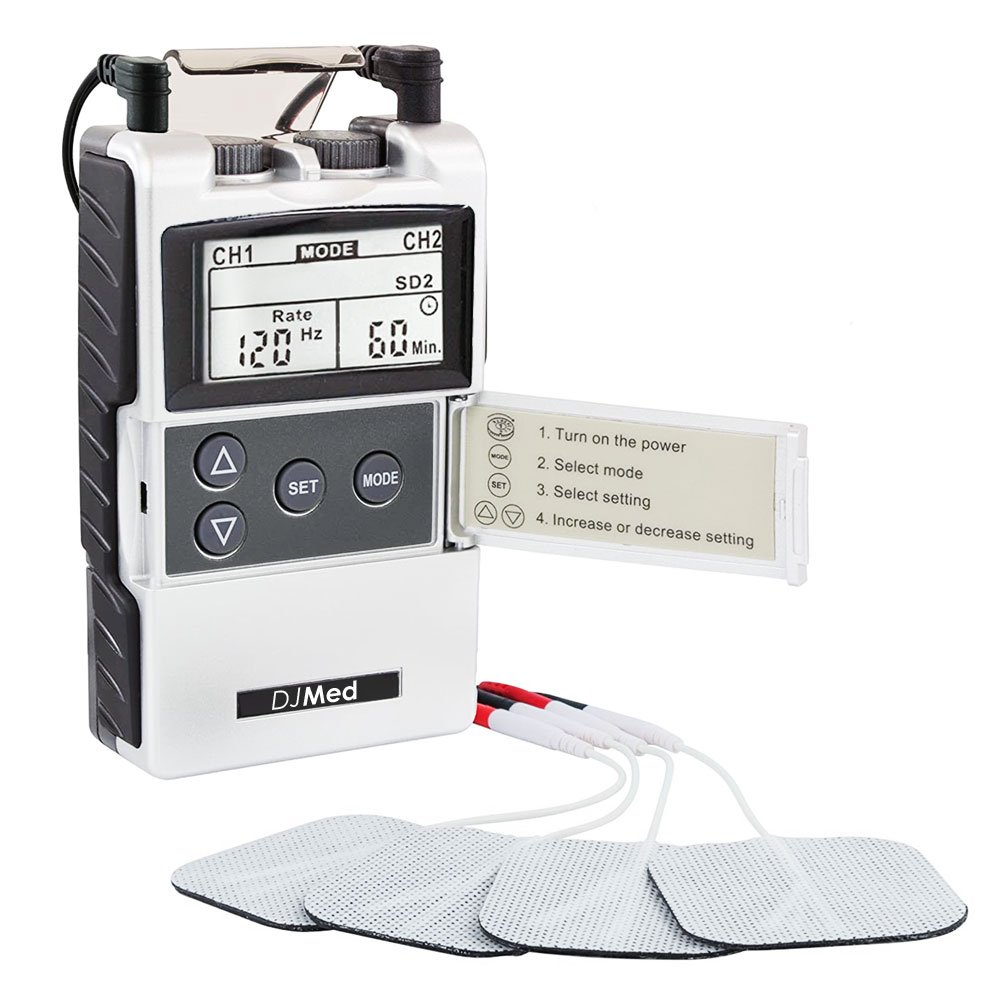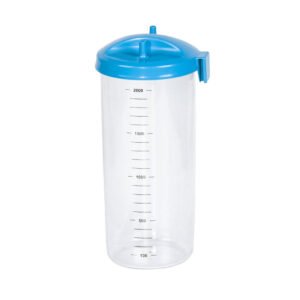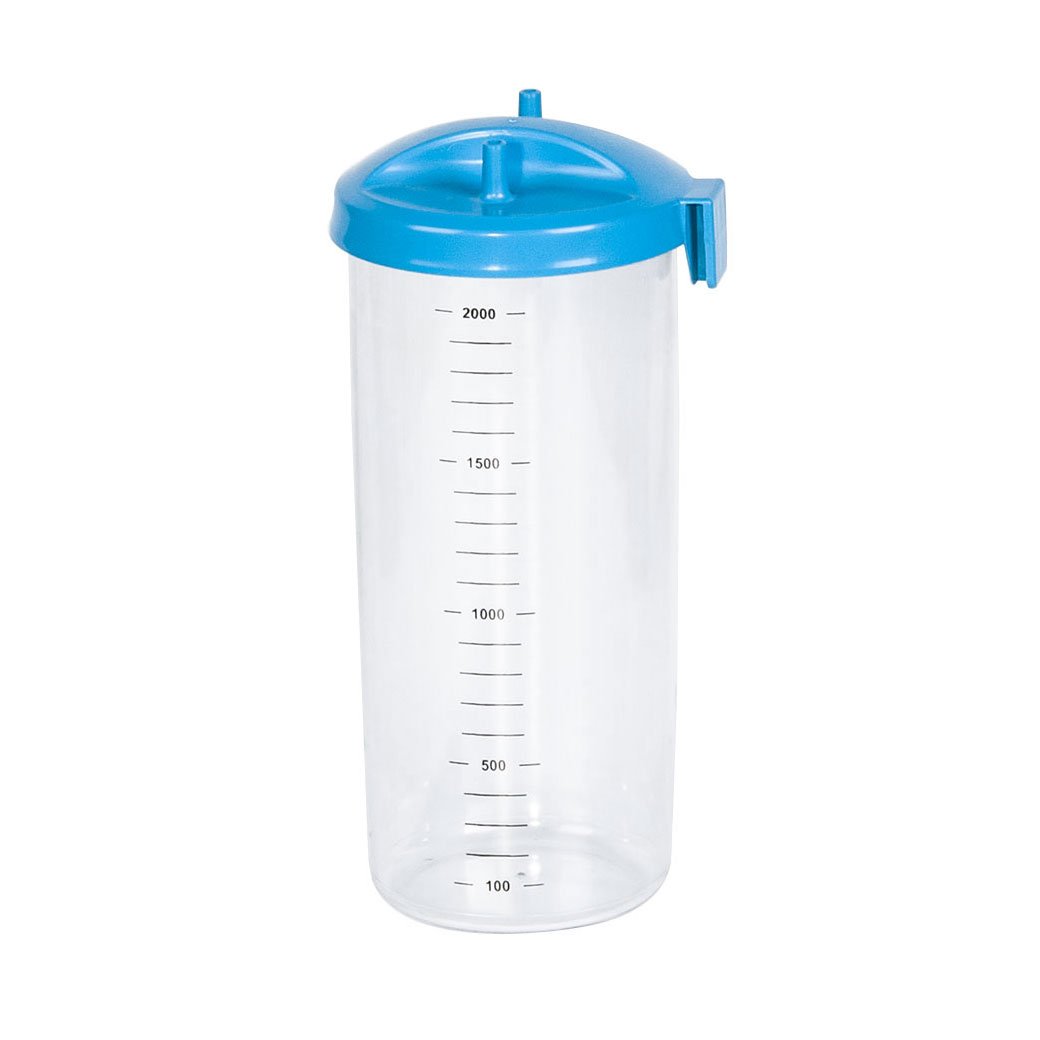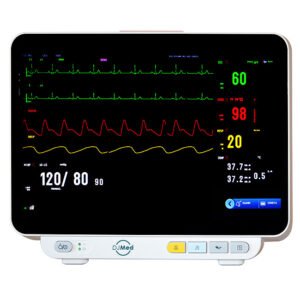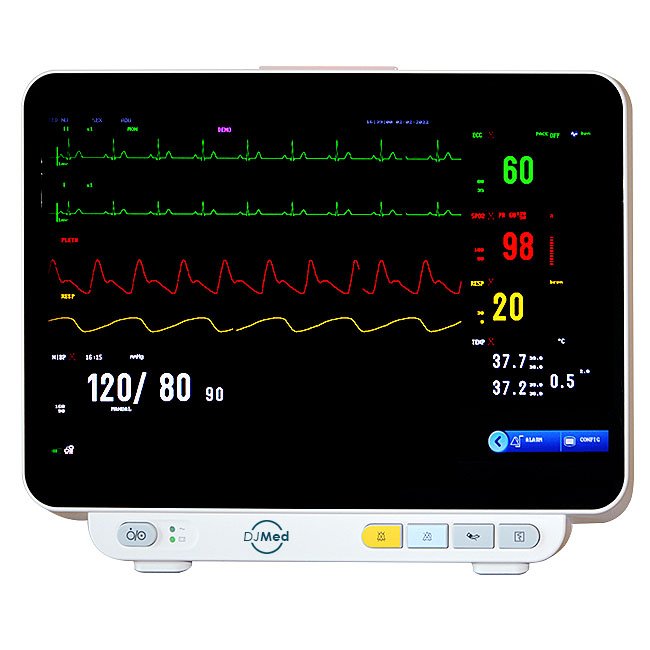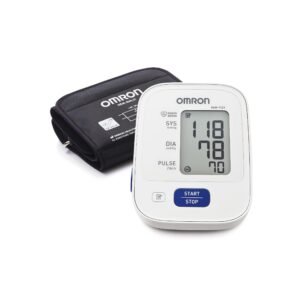3L Suction Pump Canister
$201.15
- Inbuilt Overflow Protection
- Integrated hydrophobic and anti-bacterial filter
- Secure handling for improved infection control
- Adaptable quick fit mounting brackets
- Suits HiFlo2, HiFlo2 Max, HiVac, HiFlo, Neonatal and Thoracic mobile suction pumps
Description
What is a 3L Suction Pump Canister and Its Uses
The 3L suction pump canister is a critical device used to collect and dispose of unwanted fluids during medical, dental, and industrial activities. Typically constructed from durable materials such as high-density polyethylene or polycarbonate, these canisters are designed to withstand the rigors of repeated use while ensuring safety and hygiene. The 3L capacity strikes an optimal balance, providing sufficient volume for various applications without being overly cumbersome. This size is particularly advantageous in settings where space is limited, yet the need to manage fluid waste is paramount.
In healthcare, the 3L suction pump canister plays a prominent role in surgical procedures, where it is employed to maintain cleanliness and prevent contamination. By effectively removing blood, saline, or other bodily fluids, it assists surgeons in maintaining a clear operative field, thereby enhancing visibility and efficiency during surgery. Moreover, these canisters are essential for postoperative care, where careful management of drainage fluids is necessary to monitor patient recovery and prevent infections.
Dental practices also benefit significantly from the use of 3L suction pump canisters, particularly during procedures that generate excess saliva, blood, or other liquids. The ability to quickly and efficiently suction these fluids helps improve patient comfort and procedural outcomes. In industrial applications, such as laboratory environments, the canister serves a vital function by collecting hazardous or waste fluids, facilitating safe disposal in compliance with health and safety regulations.
The design features of a 3L suction pump canister—such as a secure lid, easy-to-read fluid level indicators, and a compatibility with various suction pumps—further enhance its functionality. This canister not only contributes to effective fluid management but also supports best practices in hygiene and safety across diverse settings.
Best Practices for Using and Maintaining a 3L Suction Pump Canister
Utilizing a 3L suction pump canister effectively requires adherence to several best practices that enhance its functionality and longevity. Firstly, proper setup is crucial for optimal performance. Begin by connecting the canister to the suction pump securely; ensure that all fittings are tight and that the seals are airtight to prevent any leaks. Regularly check the connection points before each use to guarantee optimal suction and to minimize the risk of contamination.
In addition to proper setup, safe disposal practices for the contents of the canister are essential. It is recommended to follow local regulations regarding biohazard materials, ensuring that all waste is disposed of in designated containers. Never attempt to pour or empty the contents down drains or into regular trash, as this could pose health risks and violate environmental laws.
Cleaning and sterilizing the canister is another critical aspect. After each use, it is advisable to disassemble the canister, cleaning all parts with a suitable disinfectant to eliminate potential pathogens. Rinse thoroughly to remove all cleaning agents, and allow components to air dry in a clean environment. Regular cleaning prevents buildup that can lead to contamination of future samples.
Moreover, conducting routine inspections for wear and tear can greatly increase the lifespan of your 3L suction pump canister. Look for signs such as cracks, deformation, or any abnormalities in the material. Being aware of indicators that suggest when it is time to replace the canister is key. If the canister exhibits any of these issues, proper precautions should be taken to replace it immediately. Additionally, always adhere to general safety protocols when using suction systems, such as wearing personal protective equipment and maintaining a clean workspace. By following these best practices, users can ensure that their 3L suction pump canister operates effectively and remains safe for use.
